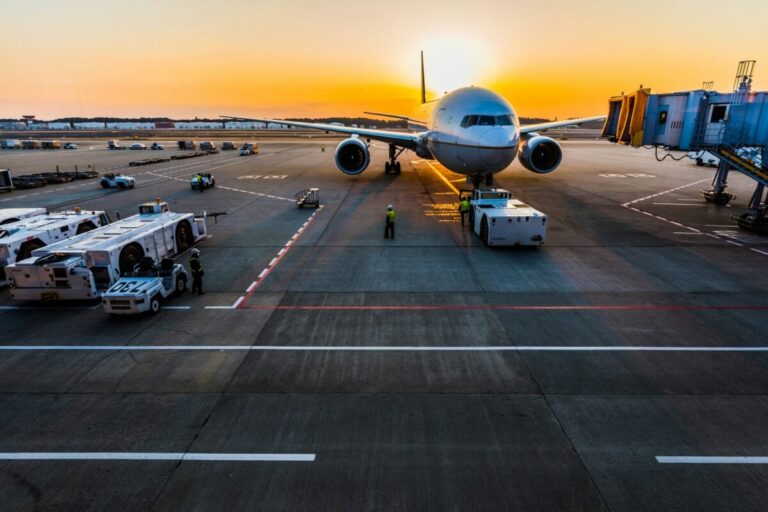London Stansted Airport has appointed EDF Renewables to build and operate a new 14.3 MW solar power plant.
In a first step of its kind for a London airport, EDF Renewables will develop the solar PV power plant to support Stansted’s growing electricity needs, which are partly driven by the airport’s increased use of electric vehicles across the site. The new development will be located at High House Farm, on land owned by Stansted and immediately east of London’s third busiest airport.
Construction of the site will start early this year. It includes biodiversity and landscape improvements such as the planting of more than 50 new trees, a 19 hectare wildflower meadow and 750 meters of new hedges.
Deanna Greenhalgh, development director at SAS Energy, the commercial and industrial solar division of EDF Renewables UK, said: “We are delighted to be working with London Stansted to build and operate this new solar farm. The project will lead the way in showing how key transport hubs such as London Stansted can make progress towards net zero targets.”
Mike Hardaker, Chief Asset and Development Officer of London Stansted, added: “London Stansted has a long and proud record of sustainable development and a commitment to driving the airport’s future growth in the most responsible way possible. to make.
“This development will see the airport generate its own renewable electricity on site, connecting directly to our own private network, increasing the security of energy supply while freeing up the renewable energy we currently purchase for others to use elsewhere on the grid to use. .”
Decarbonising London’s transport
This isn’t the first time the nation’s capital has turned to solar energy to help decarbonize transportation.
In November last year, Transport for London (TfL) opened a competitive bidding round for solar developers interested in designing and building bespoke solar PV installations to power the London Underground network, as part of its plan to use 100% renewable energy across the entire network by 2030.
TfL is looking for a supply partner who can design and deliver proposals for solar projects up to 64 MW, equivalent to around 5% of the electricity required to run the London Underground network. The final development will use a private cable system to completely bypass local network infrastructure, reducing pressure on the electricity grid.
Airports outside the capital have also explored the potential of solar energy to reduce their impact on the climate. In November, South Ayrshire Council approved the installation of a solar installation to power the National Air Traffic Services site in Prestwick, Scotland, and a recently completed rooftop installation at Farnborough Airport could provide up to a quarter of the country’s annual electricity needs. cover the airport.


